Smithsonian parking lot theft: how it happened
The close of last month signaled not just the end of April, but the expiration of a three-year contract between Parking Management Inc. (PMI) and the Smithsonian Institution’s air and space center in Chantilly, Virginia. The management company had been hired to oversee parking services for the Smithsonian, but several of PMI’s employees were found guilty of conspiring to steal nearly $1.4 million in parking fees from the museum.
The Smithsonian parking lot theft was simple in its execution and generous in its yield. In standard operations, a driver would pay $15 to a booth attendant to enter one of five gated entrances to the parking lot of 2,000 spaces. The attendant would press a button to raise the mechanical arm of the gate, and a counter would record both the attendant’s action and the raising of the gate. Both counts were recorded in separate sealed windows of a counting box located within the booth, and the attendant would hand the visitor a parking ticket to be displayed on the driver’s windshield while at the lot.
The theft, which began in 2009 and continued to 2012, occurred when attendants Freweyni Mebrahtu and Meseret Terefe simply unplugged the counters, withheld the parking ticket stubs from paying customers, and pocketed the $15 fee. They doctored the cashier summary reports due at the end of each shift and instructed other attendants on how to commit the crime so that the cash from the other entry lanes was no more than theirs. They didn’t want to raise suspicion.
At some point, lot supervisor Abeselom Hailemariam entered into an agreement with the thieves and began receiving a cut of the take. The attendants would bundle a portion of their stolen earnings with the summary reports received by Hailemariam, who would then prepare computer reports for PMI and the Smithsonian using the falsified numbers from his conspirators. He also instructed them to stop stealing at certain times when chances were high that their thievery would be discovered.
The scheme went smoothly. Stealing as much as $4,000 per day, Mebrahtu collected almost $900,000, which she used to pay for her children’s education, daughter’s surgery, gifts to friends and relatives, and donations to mosques. Terefe, who would shove his earnings into a red duffel bag tossed into the trunk of his car at the end of each shift, bought a condominium in Addis Ababa and had $218,000 in cash when he was arrested at his apartment last summer.
Neither the Smithsonian nor PMI had any inkling of the goings-on. The revenue reports to the Smithsonian always matched the paperwork, and because PMI had not provided projected parking revenues, there was no sign that the earnings were off.
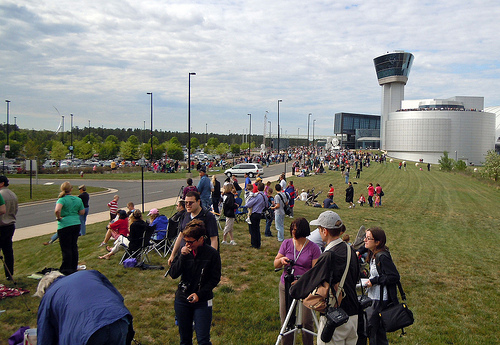
The thieves at the Smithsonian’s Udvar-Hazy parking lot were guaranteed a steady stream of customers – and their low-tech system for bilking their employers was ingenious. From joelogon.
The crime may have gone undetected had it not been for an informant. Alerted to the crime, investigators from the Smithsonian and the FBI then did a detailed count of each vehicle passing through the entry lanes and later reconciled their counts with what had been recorded on video, comparing the figures with the numbers reported by the unwitting attendants.
The conspirators later pled guilty to the charges. Mebrahtu was sentenced to 27 months of prison, while Terefe received a sentence of 20 months. A third conspirator charged with stealing $120,00 committed suicide before her case closed. Hailemariam is scheduled for sentencing in July.
Related Posts
Category: Parking, Parking management

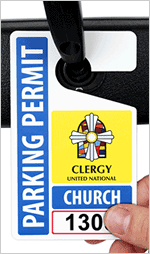





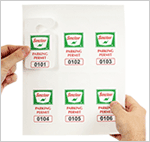
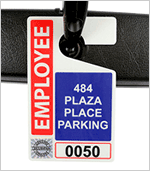
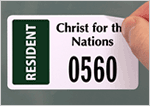











Comments (1)
Comments RSS Feed
Sites That Link to this Post